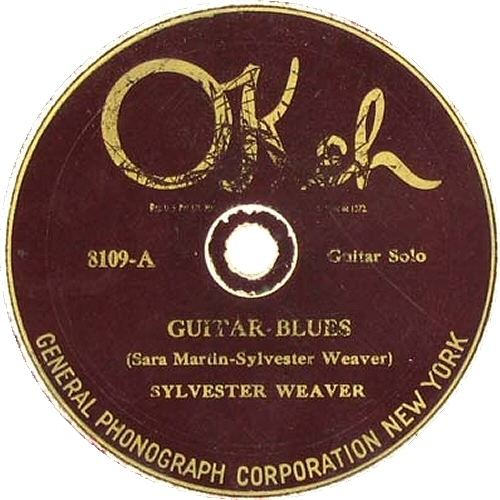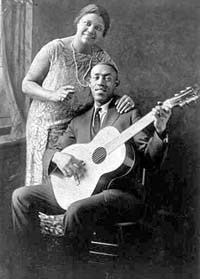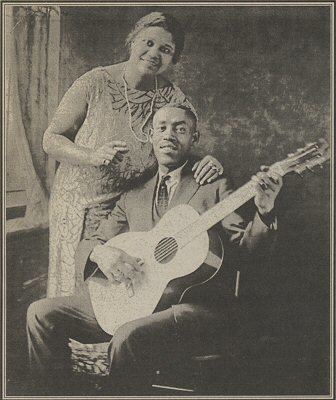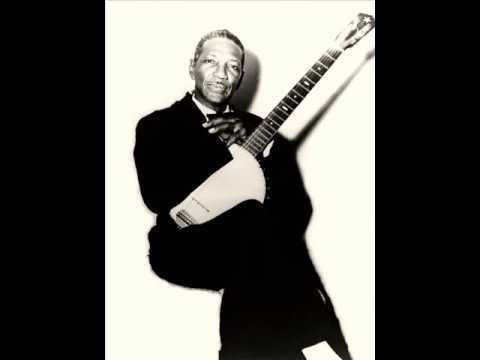 | ||
Albums Sylvester Weaver Vol. 2 (1927) Similar Sara Martin, Walter Beasley, Blind Willie McTell, Leon McAuliffe, Mississippi Fred McDowell | ||
Sylvester Weaver (July 25, 1896 or 1897 – April 4, 1960) was an American blues guitar player and pioneer of country blues.
Contents

Biography

Weaver recorded "Longing for Daddy Blues" and "I've Got to Go and Leave My Daddy Behind" with the blues singer Sara Martin on October 23, 1923, in New York City. Two weeks later, as a soloist, he recorded "Guitar Blues" and "Guitar Rag", the first blues guitar instrumentals. Both recordings were released by Okeh Records. They are the first recorded country-blues and the first known recorded songs with a slide guitar. "Guitar Rag" (played on a Guitjo) became a blues classic and was covered in the 1930s by Bob Wills and the Texas Playboys as "Steel Guitar Rag", which became a country music standard.

Louisville city directories published between 1916 and 1930 indicate that Weaver, like his parents, lived most of his life in the Smoketown neighborhood and that he juggled his musical career with employment in various blue-collar jobs. Occupational identifications in those directories include porter (1916–1920), packer (1925), apartment janitor (1928), and chauffeur (1930). The 1938 directory suggests the possibility of financial hardship after the Great Depression; this directory indicates that he had returned to live with his parents by that time. By 1949, he and his wife, Dorothy, had moved to a more upscale area near Cherokee Park, where they lived in a basement apartment, probably a modest accommodation. His move from Smoketown is roughly contemporaneous with the construction of the Sheppard Square housing project, so he and his parents may have been displaced when the project absorbed his Roselane Court and their Clay Street addresses.

Weaver recorded about 50 additional songs, sometimes accompanied by Sara Martin, until 1927. On some recordings from 1927 he was accompanied by Walter Beasley and the singer Helen Humes. Weaver often played his guitar bottleneck style, using a knife as a slide. His recordings were successful, but in 1927 he retired and went back to Louisville, where he lived until his death, in 1960. A revival of interest in the recorings of many country blues artists occurred from the 1950s on, but Weaver died almost forgotten.

In 1992 his complete works were released on two CDs. In the same year his hitherto unmarked grave received a headstone by engagement of the Louisville-based Kentuckiana Blues Society. Since 1989 the society has presented its Sylvester Weaver Award annually to honor persons who have rendered outstanding services to the blues.
Works

Songs
Guitar Rag
Guitar Blues
Bottleneck Blues
